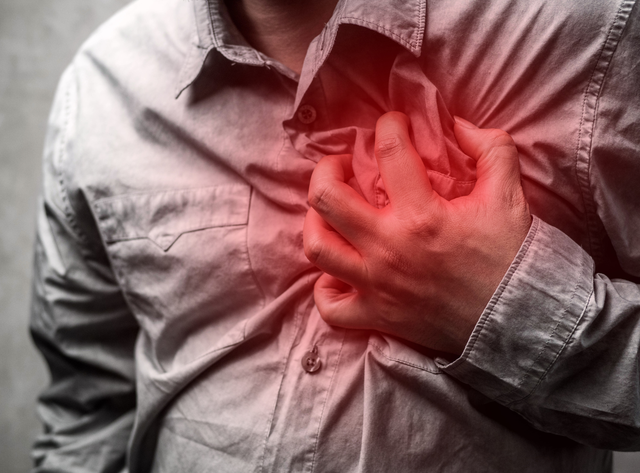
What is the Difference Between a Heart Attack and Cardiac Arrest?

Both a heart attack and cardiac arrest affect the heart muscle, so these terms often get used interchangeably – but the reality is that they are very different conditions requiring very different treatment. Here’s some insight so that you can react the right way when someone is experiencing either of these conditions.
What is Sudden Cardiac Arrest?
SCA or sudden cardiac arrest is an electrical problem in the heart. The nervous system controls the heart and cardiovascular system by sending electrical pulses to the muscles. If there is a problem with that pulse, the message isn’t received by the heart, and the ventricles start to quiver erratically (known as fibrillation) rather than pump as they usually would.
This means that no oxygenated blood can get to your tissue and organs, causing cells in the brain and body to start dying. If this isn’t restored very quickly, the patient will die or experience severe brain and organ damage, making this a very serious medical emergency. Survival rates decrease by 10% for every minute that a person goes untreated.
Treating Sudden Cardiac Arrest
If you ever see someone suddenly collapse, fall unconscious and stop breathing, they are experiencing SCA. To increase their chance of survival, they will need fast intervention in terms of CPR, rescue breathing and treatment from a defibrillator from anyone close by.Of course, you should always call 000 first and follow any advice provided by emergency services.
The next thing you can do is call for an AED. This equipment is highly effective and able to perform a controlled shock to restore the electrical system of the heart and re-establish a healthy heart rhythm.
The shock is set to a specific level that’s strong enough to jolt the heart out of the fibrillation and hopefully restart normal rhythm. They are very simple to use, and after you start it up, it will give you clear voice prompts to ensure you do everything you need to correctly and safely. AEDs will monitor the person’s heart rhythm and condition through the electrode pads, instructing you on the next steps to take based on their condition and response to the controlled electric shock. In some cases, multiple rounds of shocks and CPR are needed, while in others, a single shock can restore heart rhythm.
CPR or cardio-pulmonary resuscitation is a method of manually pumping oxygenated blood around the body and into vital organs. It also moves blood out of the heart chamber, which is important because blood can quickly collect in the heart, causing it to swell, harden and make it more challenging for defibrillation to work. While CPR training is important, you can provide CPR without training by following the prompts as instructed by an AED.
Our dream is to see a defibrillator available in all offices, workplaces, schools, shopping centres, gyms and public places around Australia to help save as many lives as possible. You can help by purchasing a defibrillator here.
What is a Heart Attack?
Unlike a SCA, a heart attack is a plumbing problem in the cardiovascular system and not an electrical issue. A heart attack happens when something clogs up the arteries that carry blood into the heart. This blocks blood flow but the heart continues to beat. It is important to remember, however, that the strain of a heart attack may cause someone to go into cardiac arrest.
If someone has complained of chest pains, weakness, nausea, pressure on their chest area or even flu-like symptoms or jaw/back pain (common in women) for a few days or hours before becoming unwell, they may be having a heart attack. It is important to get medical attention as quickly as possible, as a heart attack can lead to SCA.
Treating a Heart Attack
As with SCA, the first thing to do is to call emergency services (000), who can stay on the line with you as you wait for paramedics.
If the person is conscious and responsive, have them sit down on the ground and try to keep them calm. Fetch an AED, but do not use it.
Try to get any important information from the person, including allergies, their doctor’s name and contact information, their spouse’s contact information and if they have had a heart attack before. Write down all the information you get and tell the paramedics when they arrive.
If they fall unconscious, are unresponsive and stop breathing, then they may have suffered a cardiac arrest as a result of the heart attack. In this case, follow the steps above and as instructed by the AED.
Find an AED Supplier in Australia
DefibsPlus is an established medical equipment provider in Australia, supplying AEDs as well as defibrillator batteries, storage and signage to organisations across the country. We work with the top brands in the industry, including Phillips, Heartsine, Mediana, and Lifepak. If you would like assistance in choosing a high-quality AED defibrillator for your business, please contact us today.
Recent posts


How Does a Defibrillator Actually Work?

What is the HeartSmart Program?

SCA Can Happen to Anyone, at Any Time

